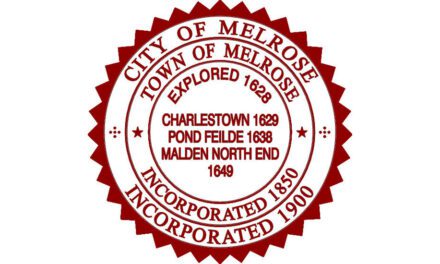Published in the August 17, 2018 edition
By MAYOR GAIL M. INFURNA
This is the fifth in a series of articles explaining the city’s budget.
MELROSE — Some people have asked why the city had money to build modular classrooms when, at the same time, we don’t have money for other needs such as hiring new teachers to address our increased student enrollment. This question is best answered by thinking of it in terms of personal household finances.
The cost of a house is more than most people can pay out of pocket, so they take out a mortgage. State and local governments handle capital improvements such as new schools or major renovations in much the same way: Rather than pay the entire cost up front, they borrow money so they can pay for it in manageable amounts over a period of time.
Furthermore, just as you wouldn’t take out a loan to buy groceries, cities and towns cannot borrow money to meet their payroll or pay other ongoing expenses. Borrowing is strictly limited to projects such as building a new school, purchasing real estate, or other major one-time investments that are expected to last for a number of years.
As an example, in 2017 the City of Melrose took out a $6.3 million bond (loan) to pay for school modular classrooms. These classrooms were urgently needed to accommodate increased enrollment in our elementary schools. However, given their cost, the city could not afford to pay for them in one year, so we borrowed the money and we are paying for them over a 20-year period.
Just as someone taking out a mortgage would have to make sure they can make their monthly mortgage payments, the same is true for the City. We limit the total amount of debt service to 5 percent of the operating budget, just as someone taking out a mortgage would be careful to limit their monthly payments to a manageable portion of their take-home pay.
The short-term and long-term aspects of budgeting go hand in hand. Both are necessary to run the city. All cities and towns go through the same process each year; some do it better than others. Here in Melrose, we like to plan ahead. We borrow money for capital improvements and include the payments as line items in the budget. The key is to properly balance the overall needs of the community with the available funding in any given year.




